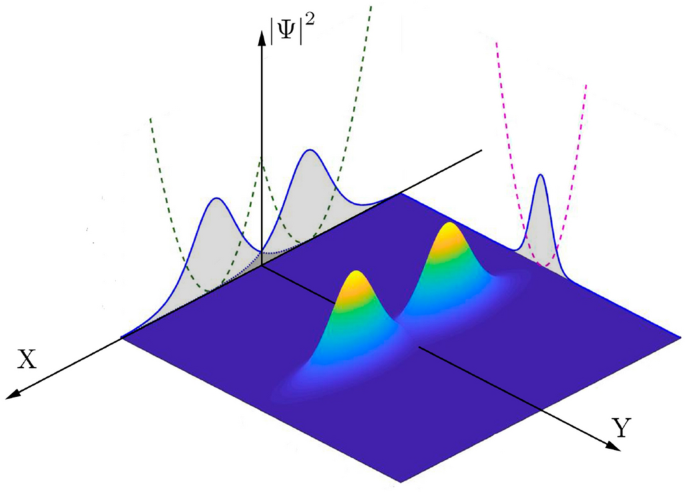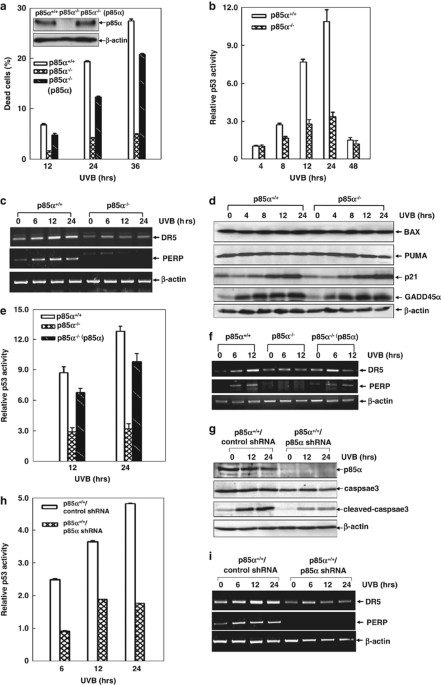
- Select a language for the TTS:
- UK English Female
- UK English Male
- US English Female
- US English Male
- Australian Female
- Australian Male
- Language selected: (auto detect) - EN
Play all audios:
Shoppers can often bag themselves a bargain by buying reduced price items in stores. Many supermarkets use yellow stickers to show which products are being offered at a discount. These are
usually items that will soon go past their sell by date, and their cost has therefore been reduced. There’s been no official explanation from retailers over the use of yellow stickers. But
according to CRO agency Add People the universal colour of the sticker is no accident and there’s serious psychology behind it. The experts point out that, introduced as early as 1993 by
Sainsburys, yellow stickers have become a real treat for savvy shoppers, with entire communities of hunters developing, competing to find the best bargains. This can be seen on social media
sites. There are channels on TikTok as well as Facebook with thousands of followers looking out for information on yellow sticker products and the best bargains. Jack Bird, of digital
marketing agency Add People, said: "Yellow stickers in supermarkets make use of human psychology. GET ALL THE LATEST MONEY NEWS AND BUDGETING TIPS FROM CHRONICLE LIVE WITH OUR FREE
NEWSLETTER "It is the most visible colour to the human eye, especially when placed against contrasting backgrounds — and that makes it ideal for one thing: getting your attention fast.
It’s what we call an ‘action colour’. "It stands out instantly, creates contrast, and tells your brain: look at me now. In retail psychology, it’s used to create a sense of immediacy —
like ‘this deal won’t be here long’." Research shows the brain can process visual stimuli in just 13 milliseconds. That means by the time your eyes land on a yellow sticker, your
subconscious has already made a decision - which is far more effective than just adding a price. So why does it work? And why have these stickers become universal? Here's the
expert's handy explanation: * High visibility - quick scanning in a crowded aisle. * Trained association - thanks to universal adoption we now link yellow with bargains instinctively. *
Speed and efficiency - easier for store staff to apply and for tills to recognise.









